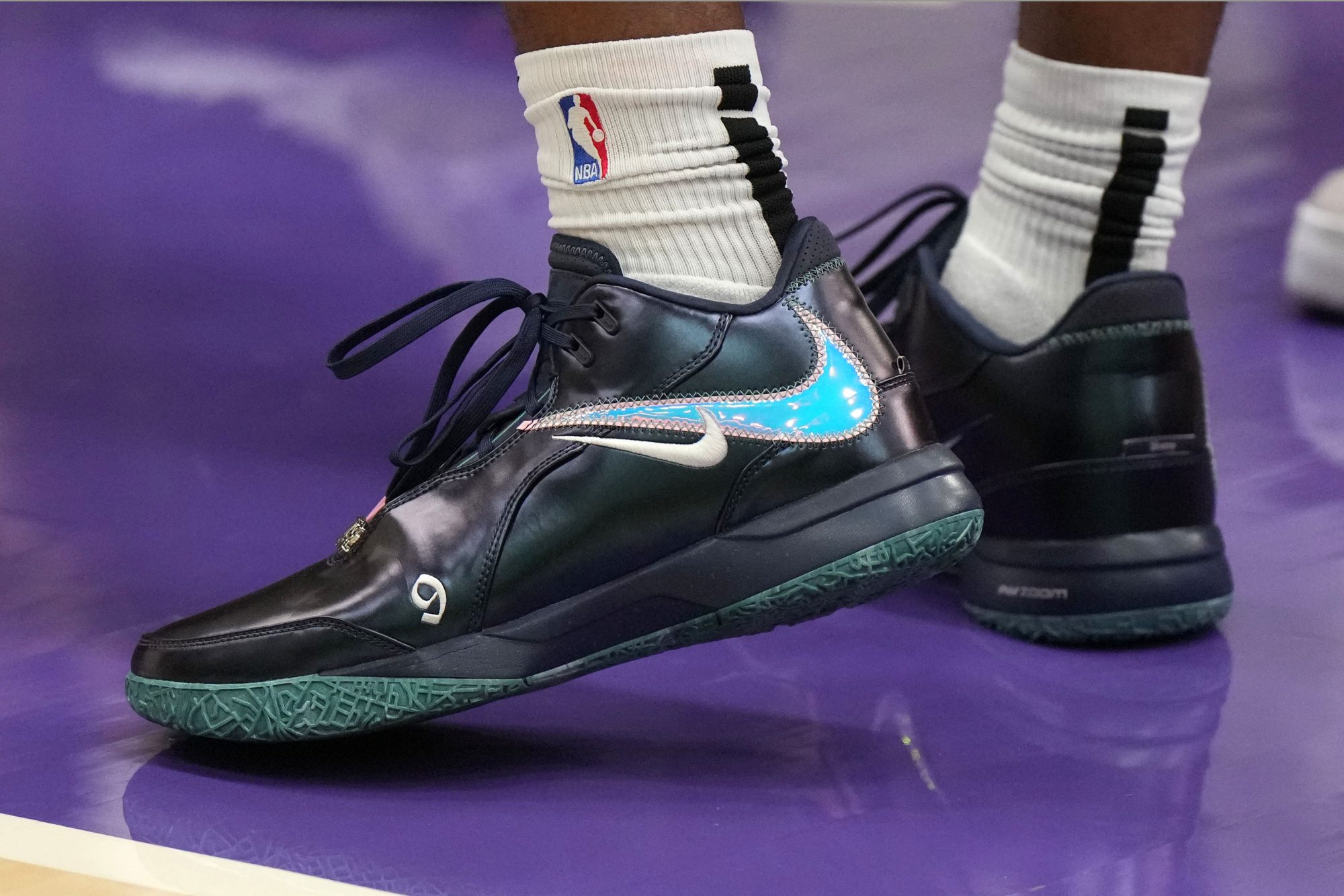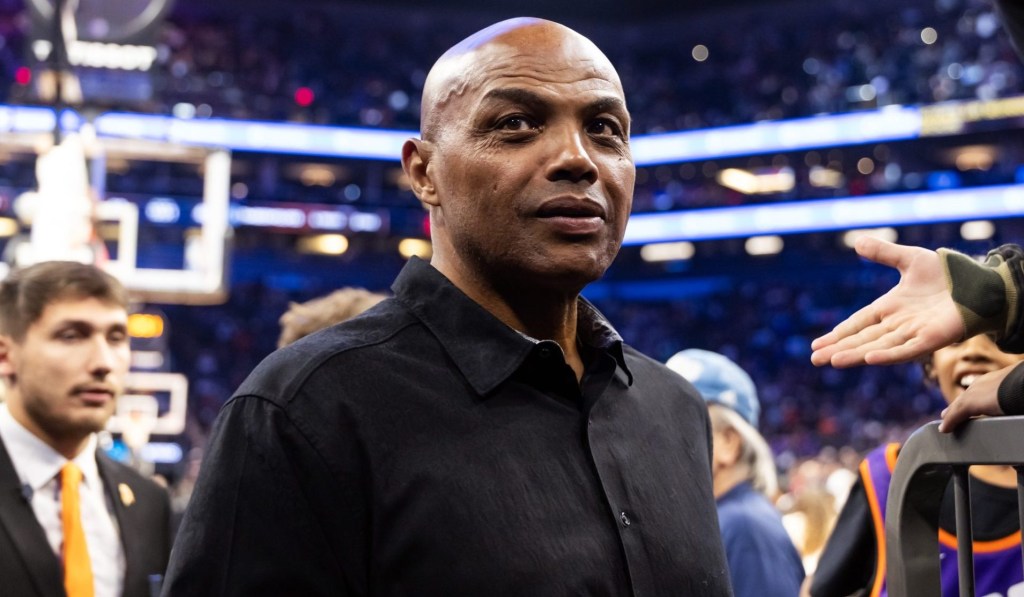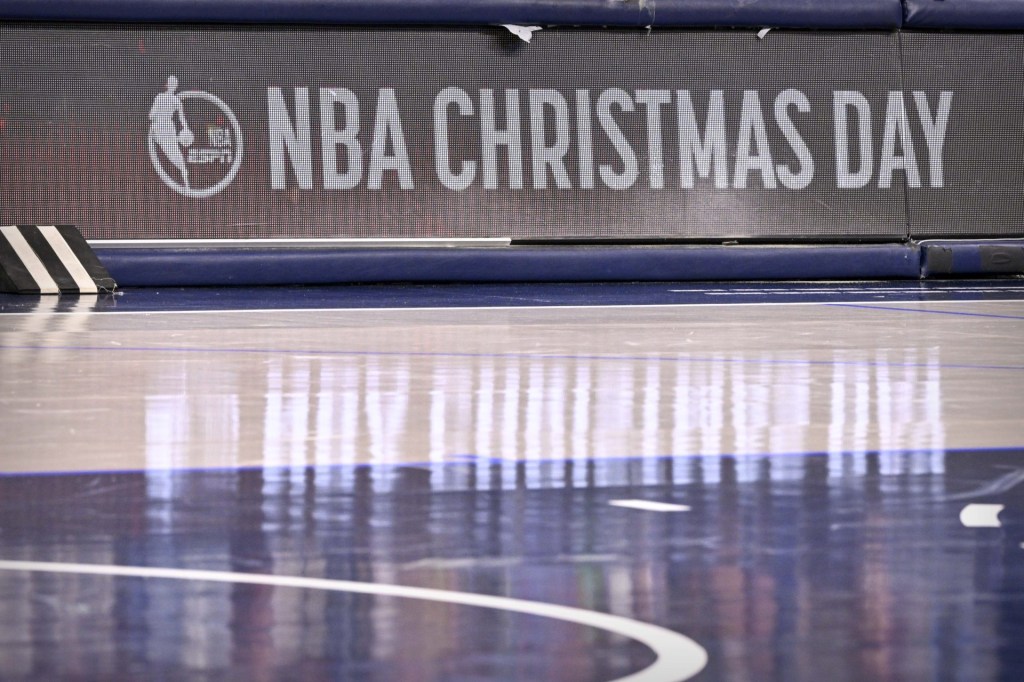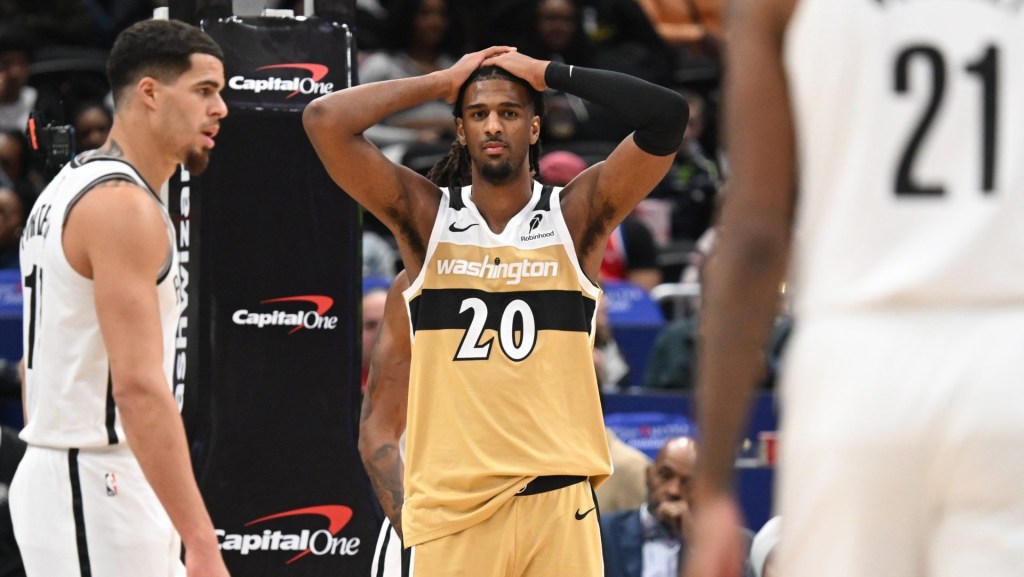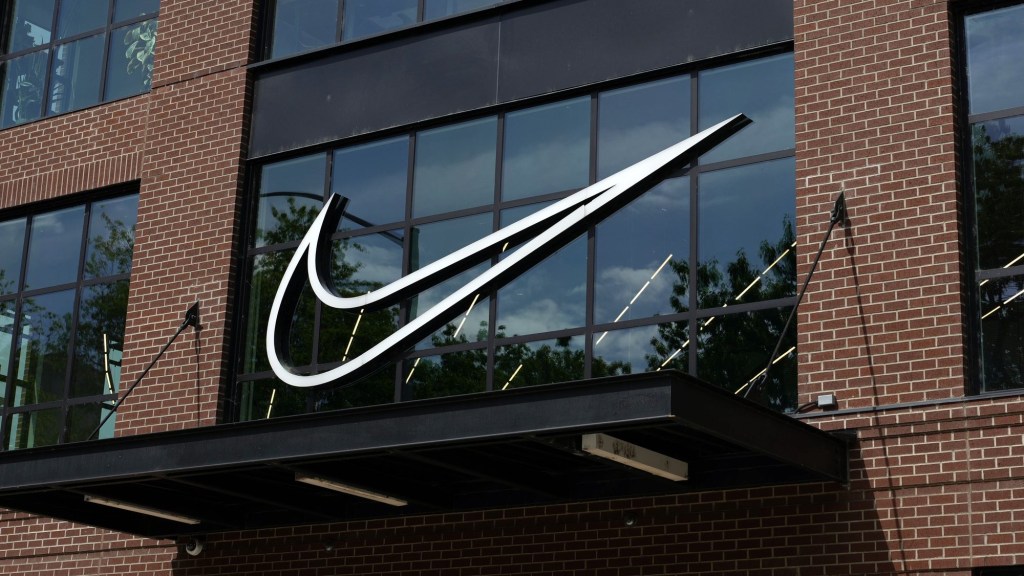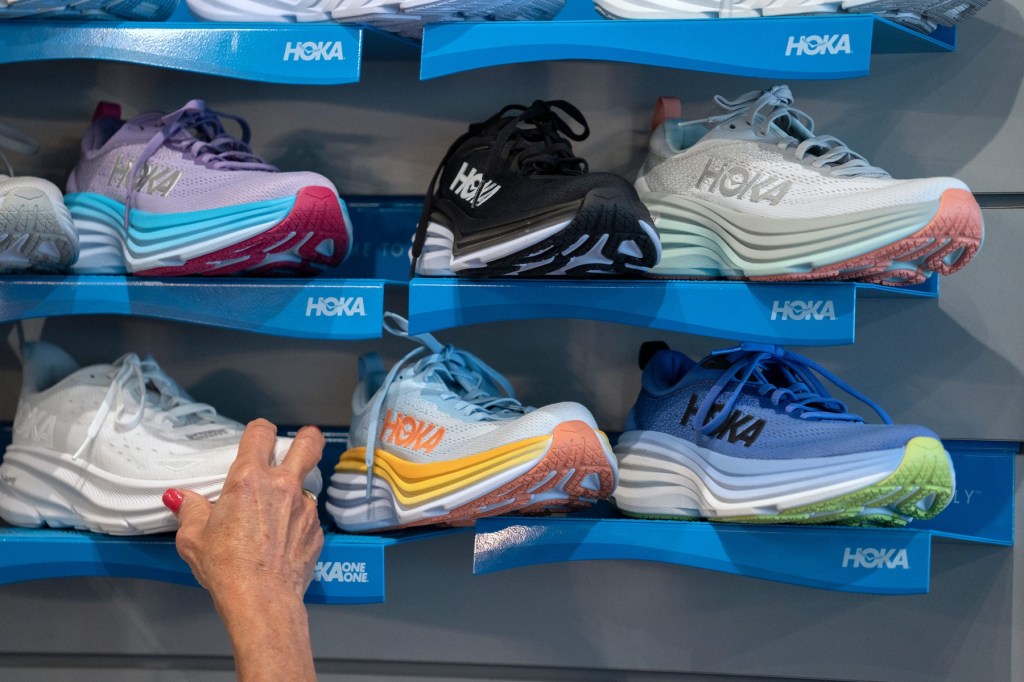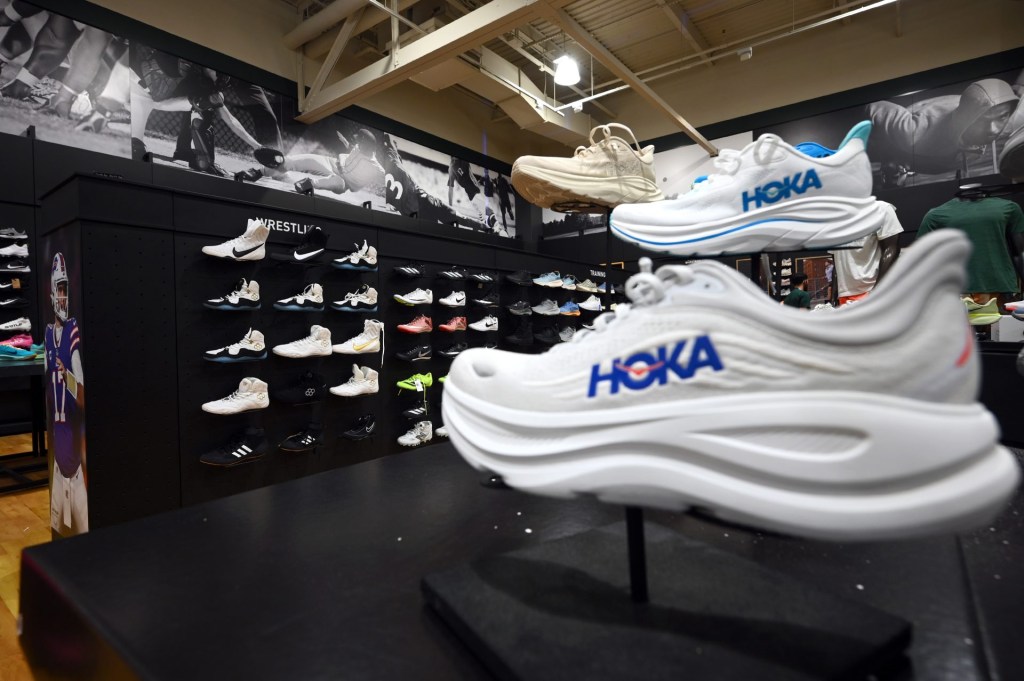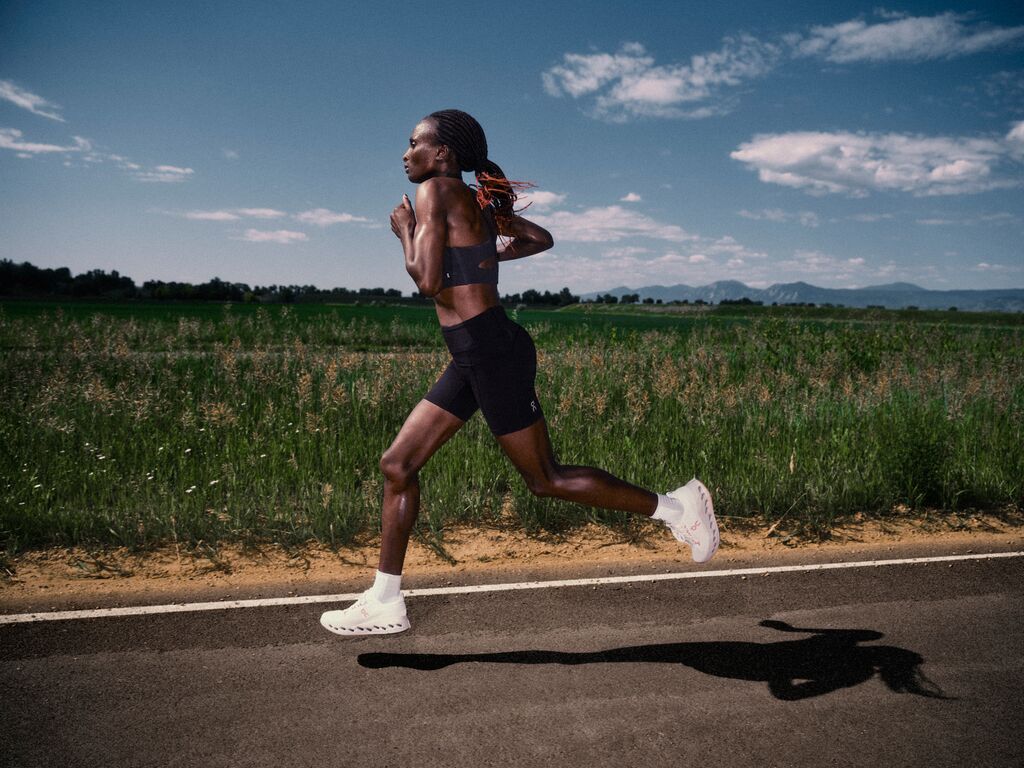Nike reported a 10% drop in revenue for its fiscal first-quarter after market close on Tuesday, in line with estimates it provided last quarter. Revenues came in at $11.6 billion. The Beaverton, Ore., apparel giant said that given the company is reporting Q1 results amid a CEO transition, it will address guidance on the upcoming call with analysts. Nike is also postponing Investor Day, which was supposed to be held in November.
After reporting disappointing fourth-quarter earnings in June and cutting full-year guidance, Wall Street’s expectations for the period were already lower.
Analysts expected revenue of $11.65 billion for the quarter, according to financial market data provider LSEG, compared with $12.93 billion in revenue notched in first-quarter 2023—a 10% drop. Nike reported 70-cent earnings per share, ahead of analyst expectations of 52 cents.
The sneaker giant’s efforts to drive more sales through its direct-to-consumer channel, mainly in North America, have not bore fruit, which is one of the reasons the board made the abrupt decision to replace CEO John Donahoe with Nike veteran Elliott Hill on Sept. 19. Shares are down 18% year-to-date.
Nike is at an inflection point as Hill returns to the company in its effort to revitalize the brand. The management change—Hill officially starts his new role Oct. 14—makes it hard to gauge how significant the Q1 results are, in particular, because the company had warned the Street so fully in advance that shareholders are already looking toward Hill’s first quarter.
“I don’t think the quarter is as important anymore because we have a new CEO, but he’s not starting for another few weeks so this is the last quarter under Donahoe,” Aneesha Sherman, apparel and specialty retail analyst at AllianceBernstein, tells Front Office Sports.
The report was none too surprising given Nike’s well-known recent challenges. Product price markdowns are still an issue; the company is trying to clear out a lot of old, stale product and introduce new products. Both those things take at least six months, Sherman says.
“Within the Air Jordan franchise, AJ 1 is the biggest product line—it’s 70% of the Air Jordan line,” Sherman says. “They were really hot during the COVID years, so the company over-distributed them. It’s hard to keep up with that level of growth.”
In its statement the company said first quarter results largely met its expectations. “A comeback at this scale takes time, but we see early wins — from momentum in key sports to accelerating our pace of newness and innovation,” said Nike EVP and CFO Matthew Friend. “Our teams are energized as Elliott Hill returns to lead Nike’s next stage of growth.”
Sherman says investors will likely see Nike’s performance issues begin to change two quarters from now (around March 2025). That’s when the “innovation pipeline will have kicked off with new releases in the spring, and inventory may have cleared by that point,” she said.
Nike is facing major headwinds, stemming from three areas of weakness. First was the boost in sales it saw during the COVID-19 pandemic, when stimulus funds and excess savings drove consumers to buy sneakers and athletic wear.
The COVID-19 sneaker boom has normalized as consumer demand slowed—the second factor contributing to Nike malaise. Consumer appetite for discretionary spending is lower than it was three years ago.
And third, innovation is lacking. “They haven’t put forth anything compelling in their product lines,” Sherman says.
In its latest footwear tracker analysis published last month, investment bank BMO Capital Markets wrote that Nike’s new sneaker releases (Air Max Dn and Pegasus 41) continue to see disappointing performance in the U.S., though new products have performed better in the U.K. “These specific launches have not been grand slams,” Simeon Siegel, BMO retail analyst, tells FOS.
“We estimate that Hoka’s and On’s more established 2022/2023 releases continued seeing the strongest U.S. sell-out rates while Nike’s new launches continue to underperform,” Siegel wrote, pointing to the positive sales for On’s Cloudrunner 2 and Hoka’s Clifton 9.

The increased competition from smaller upstarts like Hoka and more established brands like New Balance have shown Nike’s vulnerabilities with innovation. “Smaller, trendy up-and-comers have generally outperformed legacy footwear players in their direct-to-consumer channels over the past several quarters, with Hoka and On as notable standouts on the upside,” says Michael Gunther, Consumer Edge’s head of insights.
Nike’s U.S. market share in the sportswear category fell to 66% in 2024 from 69% in 2021, according to market research firm Consumer Edge.
